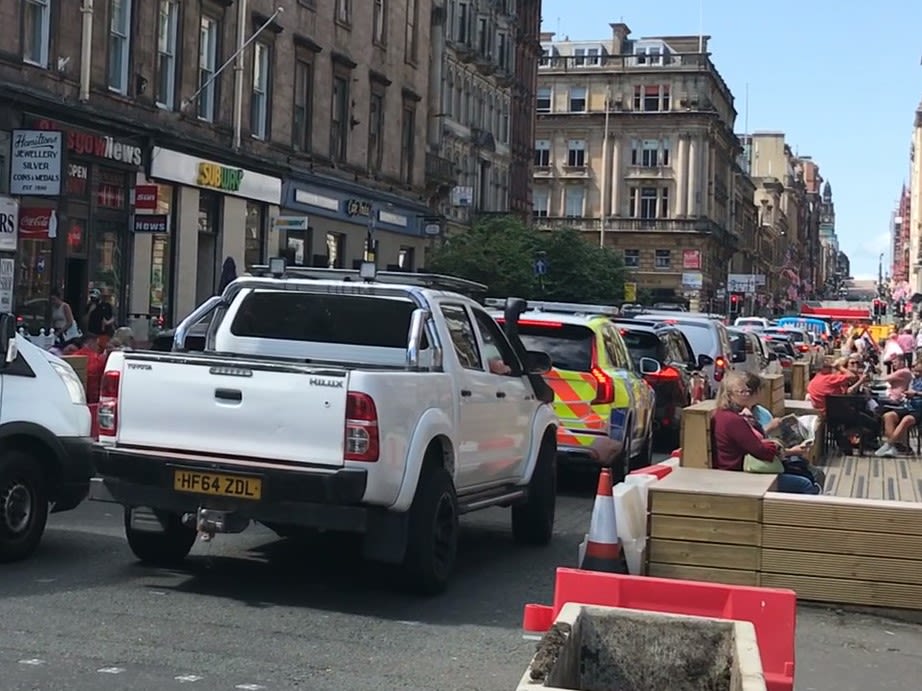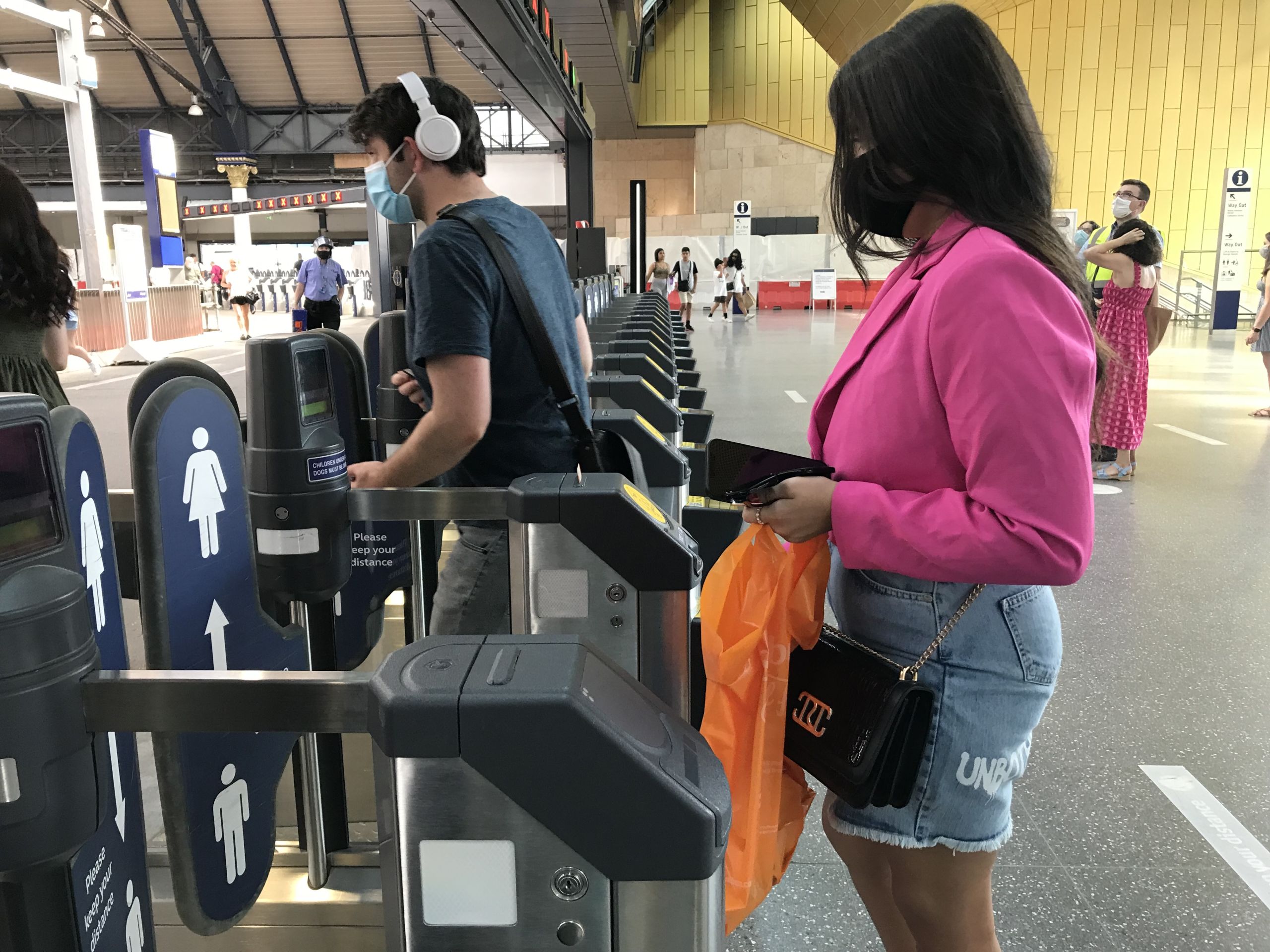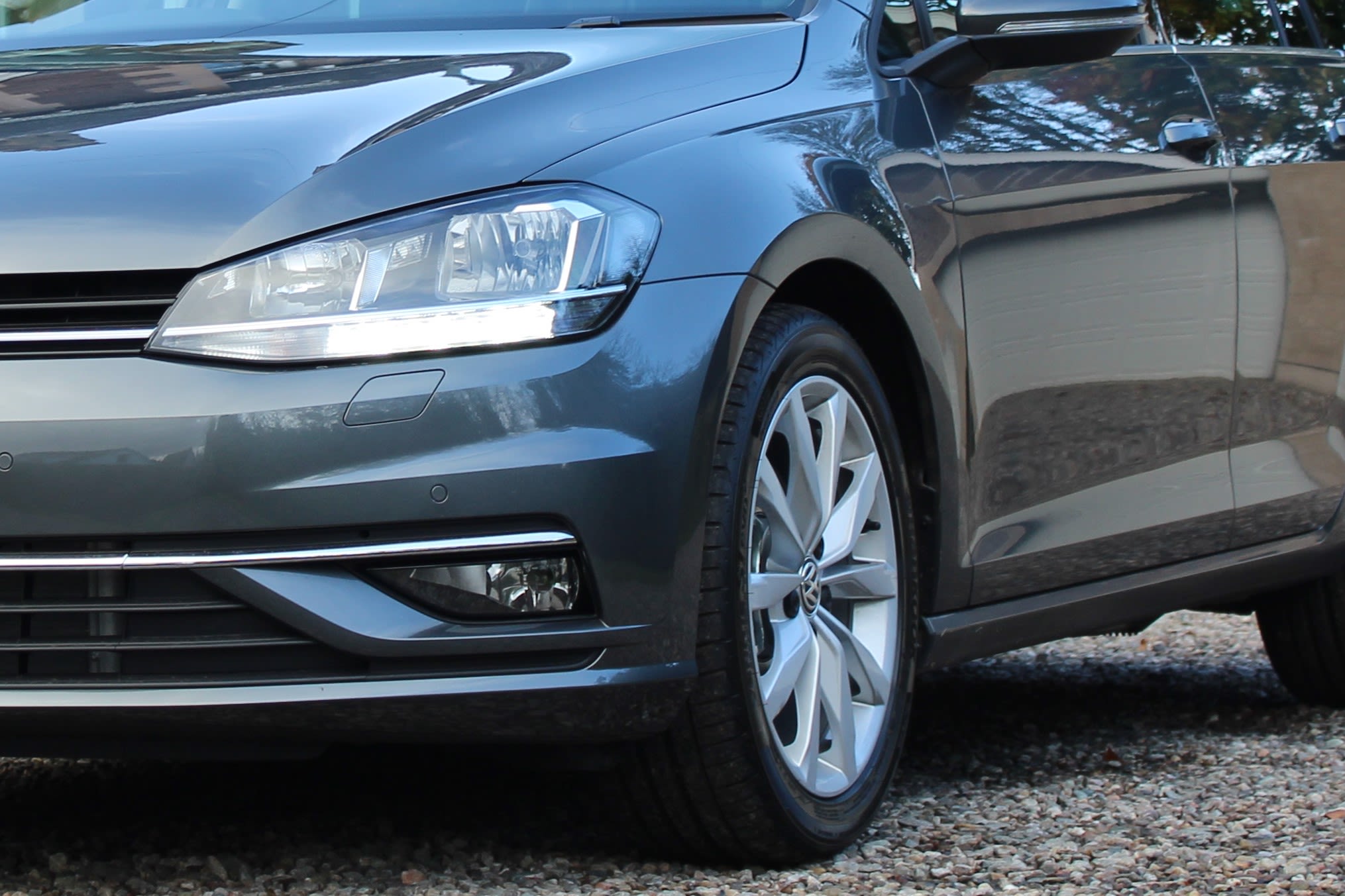MaaS Transit
What is "Mobility as a Service" and how could it transform the way we travel?

Frustrating timetables, complicated ticketing, expensive fares, poor coverage and a lack of flexibility are just a few of the bugbears that put us off public transport. Can digital technology and smart integration make it more affordable and attractive?
We've all been there - the cold, deserted railway platform late at night, one eye on the strange guy mumbling to himself in the corner and worrying that the delay will mean you miss the last bus home.
Public transport can be great when it goes smoothly, but comes with an inbuilt nagging doubt when you have to link services, and can turn into an ordeal when trains are cancelled, buses delayed and you're jostled around in close confines, squished up against folk you wouldn't normally get close to even if you knew them.
Transportation experts believe the answer to this is something called MaaS, or Mobility as a Service. In a perfect world, this would link traditional providers such as buses, trams and trains seamlessly with one another and with other forms of individualised transportation such as private cars, ride hailing and car sharing as well as active travel by foot and bike.
We would be able to plan and book a journey end-to-end on a single app. It would explain the available options based on criteria such as cost and time, and keep us updated with information and alternatives if and when delays occur.
Great, huh?
Such a perfectly integrated transportation system would, in theory, be more convenient and less expensive for users, relieve congestion in urban areas and be kinder to the environment reducing the number of single-occupancy miles driven in privately owned cars. Ultimately, it means that some households could reduce the number of cars they own or perhaps not need one at all.




As things stand, the absolute number of cars on the road is a headache not just for the environment. In the TomTom Traffic Index for 2019, Edinburgh was rated as the most congested city in the UK, with car journeys through the city taking 41% longer during busy periods than when the roads are quiet.
Scots are heavily dependent upon private cars for most journeys, with many of those being single-occupancy. Experts want MaaS to offer alternatives that tempt people out of their cars.
Alastair McInroy (Ali) is CEO of industry body Technology Scotland and heads up its sub-group Maas Scotland:
Ali explains that MaaS doesn't have to be the "all-singing, all-dancing multi-modal approach" that some might imagine it to be, pointing out that this is not always relevant in certain geographies, especially rural areas.
What MaaS is supposed to offer is a more flexible approach to transportation that uses today's smart technologies to link everything together and fill in the gaps between the inefficient but fully individualised car journey and the highly efficient but rigid confines of public transport with a menu of options based on your journey criteria.
However, it doesn't take an expert to see that the gap between that ideal and the status quo is huge.
Parking spaces at many train stations are limited, usually by the location of the station. High-capacity park & ride facilities are rare and the busiest ones are often not free to use.
It also doesn't help that bus and train timetables rarely coincide, and there are few other forms of transport for getting to train stations.
For those switching to electric vehicles over the next few years, the availability of charging points at park & ride facilities could be crucial - especially for drivers who don't have off-street parking for charging at home.
Train services can be infrequent, especially outside of commuting hours. And fares can be expensive. Scotland's train network also has limited coverage outside of the central belt.
And while Glasgow has its subway and Edinburgh its trams, options for so-called "first- and last-mile travel" are limited in most of Scotland's towns and cities - and almost non-existent in rural areas.
Although increasingly popular, short-term rental bikes are still not widespread in smaller towns, and almost non-existent in more rural areas. And where bike stations do exist, you can't guarantee a bike will be available where and when you need it.
For people who wish to use their own bike, Scotrail requires passengers to book ahead, as bike space onboard is fairly limited. Bike security is an issue in some areas, and there are also the vagaries of Scottish weather to contend with.
While e-scooters are widespread in some cities around the world and are loved by some, they are also hated by many due to misuse and dangerous riding. E-scooters are not yet legal in the UK.
Ali McInroy says that MaaS is still very much an unknown quantity in Scotland - not only at a public level, but also among local authorities and businesses.
MaaS Scotland currently has 75 members, ranging from technology providers and data specialists, to local authorities and public transport providers, car sales and rental companies and consultants.
"In theory, everything we require to develop and deliver MaaS in Scotland exists somewhere in that networm," says Ali.
However, theory and practice are two very different things. McInroy explains that the sheer number of organisations involved can make it very difficult to "get all those stakeholders in alignment".
"The technology is the easy bit," Ali says, continuing: "A lot of operators are still a little bit hesitant as to whether MaaS is an opportunity or a threat."
Some public transport operators are worried that they might lose business to alternative modes, particularly ride-hailing services (such taxis or Uber) and other car-based services like car clubs and car sharing.
"Our counterargument to that, of course, would be that the competition to these public transport operators is not other modes, necessarily. It's the private car, particularly the single-occupancy private car," explains Ali.
"People are incentivised by the money in their pocket."
Ali McInroy - MaaS Scotland

The key here is to make the alternatives to the private car sufficiently tempting.
As well as the availability and convenience of alternatives, another crucial element of making MaaS work is money. In many circumstances, it will be difficult to beat the convenience and flexibility of the private car. And once we've gone to the expense of buying, insuring and maintaining a car in the first place, the sums we do in our heads usually end up pitting train, bus and taxi fares against the cost of fuel and parking. Even with fuel costs as high as they are in Scotland, it's often very hard for alternative modes to compete.
Often, it's only once households look seriously at the total cost of ownership (TCO) of a vehicle and consider moving down from two to one, for instance, that those sums start to make sense.
"Ultimately, people are incentivised by the money in their pocket," says Ali, describing measures such as congestion charges, low-emission zones, road pricing and parking levies that could make car use less attractive. However, he stresses the need for balance: "You don't want to use too much stick. You want to have bit of carrot as well."
This is where he thinks technology can help make the inherently impersonal aspects of public transport more personal, with apps that can create personal, interlinked travel itineraries that suit your specific criteria and budget. And, crucially, provide information and alternatives in real time when things don't go according to plan.
Another factor that may aid a shift towards MaaS is changes in general attitudes towards ownership. This is a contentious issue when it comes to cars, with many experts convinced that the aspirational values and other emotional ties that we have formed with the motor car are a bond that will take some breaking.
Nonetheless, some car manufacturers and dealers see the future in subscription models that would give people access to a wider range of vehicles for shorter periods depending on their needs.
Volvo already offers a subscription service with a 3-month notice period - a major shift away from the traditional 3-year commitment to a conventional PCP - while Onto offers month-by-month all-inclusive subscriptions to a range of electric vehicles. On mainland Europe, German carmakers Mercedes-Benz and BMW have been operating a joint-venture car-sharing service called Share Now since 2019.
Ali McInroy sees trends like this working in favour of a wider rollout of MaaS, which he will believes will happen over time. He also thinks it is unrealistic to aim for usurping the car altogether. "There will always we a role for the car," he says, although his aim would be to minimise the absolute number of cars on the road.
However, there is a sense that battle lines are being drawn in a mobility cold war between the global automotive industry and the fragmented, localised public transport sector.
Industry observers point to the carmakers having been caught on the back foot by emissions legislation and government decarbonisation initiatives. Nevertheless, major regrouping is underway, and agile new players are muscling in on the action.
Ali sees car manufacturers now investing in what are effectively MaaS platforms. "It's bringing together all sorts of interesting partnerships that you wouldn't necessarily have seen before," he says. "It's an interesting decade ahead."
The concern among those lobbying for more livable cities, improved access to mobility and better rural connectivity is that if MaaS is led by the global carmakers, it could end up being dominated by alternative ways of driving cars.
